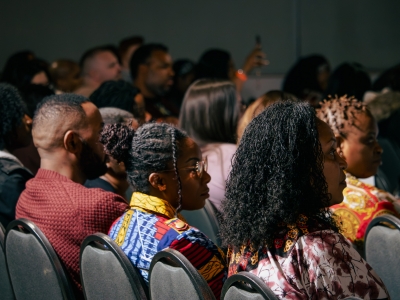Election campaigns and election results have long been dissected and examined by scholars—at least in western nations. But consider India, where the 2014 election victory of Narendra Modi’s Hindu nationalist Bharatiya Janata Party marked a significant swing to the right—cemented by further gains in 2019—among India’s 910 million eligible voters.
“This historic shift of power parallels the growth in India’s expansive media system, increased use of highly professionalized campaigning tools and higher voter turnout,” says Anil Varughese, assistant professor in the School of Public Policy and Administration.
Yet, he adds, in India, voting behaviour is generally analyzed in relation to socio-economic identities and party system variables.
“Little attention has been paid to the potential for the significant influence of information and campaigning on public perceptions of parties, leaders and issues, and the relationship of these variables to electoral outcomes.”
Using the 2019 Parliamentary elections and 2021 Assembly elections in the Indian state of Kerala as a test case for “examining how political messaging filters through a literate and politically conscious voting population,” Varughese and Holli Semetko of Emory University will collect and combine data from surveys, campaign material and interviews with political party strategists, leaders and candidates.
Their project Political campaigning and vote choice in digital India, which received a SSHRC Insight Development Grant of $70,502, will develop theory and methods for studying political campaigning and campaign effects in rapidly changing digital contexts in India—with implications, they hope, for understanding elections in other lower-middle-income democracies.
Monday, August 31, 2020 in News, Research
Share: Twitter, Facebook



